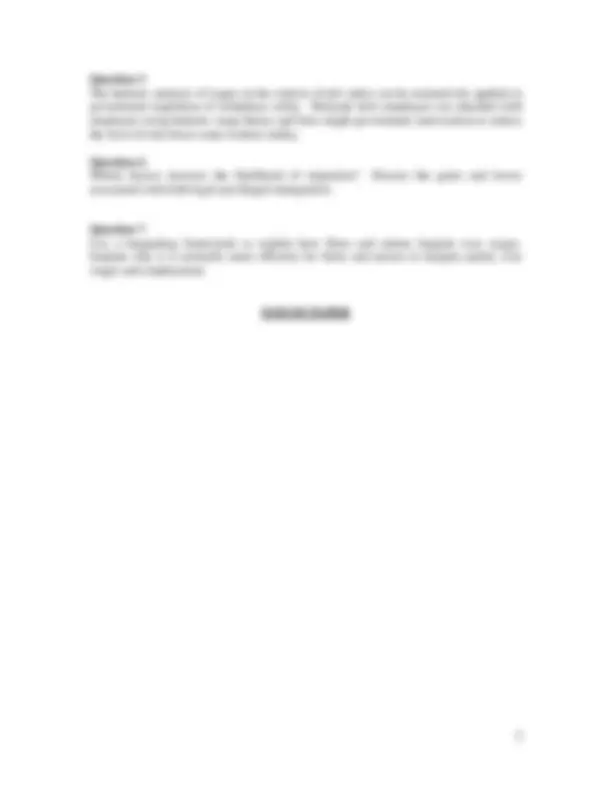



Study with the several resources on Docsity

Earn points by helping other students or get them with a premium plan


Prepare for your exams
Study with the several resources on Docsity

Earn points to download
Earn points by helping other students or get them with a premium plan
Community
Ask the community for help and clear up your study doubts
Discover the best universities in your country according to Docsity users
Free resources
Download our free guides on studying techniques, anxiety management strategies, and thesis advice from Docsity tutors
Migration, Positive Association, Empirical Labour, Exact Basis, Marginal Employment, Labour Supply, Income Effect, Framework Analyse, Statistical Discrimination, Measure of Discrimination. Exam paper for economics students. Learn from exam, know about terms and prepare what is coming. :-)
Typology: Exams
1 / 2

This page cannot be seen from the preview
Don't miss anything!


Mai / Mehefin 2012 May / June 2012
Time allowed : THREE Hours
Answer THREE Questions
Question 1 “The positive association between education and earnings is one of the most frequently discussed relationships in empirical labour economics, and yet there is much uncertainty as to the exact basis for this connection.” Discuss.
Question 2 Recently top economists have suggested that increasing job sharing, reducing the working week or introducing further marginal employment subsidies will reduce unemployment. Discuss the implications of these policies with reference to the extra hours versus extra workers trade-off faced by firms.
Question 3 Using an example of your choice illustrate and explain how an individual’s labour supply response to an increase in the hourly wage rate can be decomposed into a substitution and income effect. Using the same framework analyse the labour supply response to a full subsidy on child-care costs for a parent initially out of the labour force.
Question 4 a) Explain what is meant by statistical discrimination and illustrate using an example of your choice the impact of statistical discrimination on wages.
b) “The measure of discrimination obtained from the Oaxaca decomposition is highly reliable.” Critically evaluate this statement.
Question 5 The hedonic analysis of wages in the context of job safety can be normatively applied to government regulation of workplace safety. Illustrate how employees are matched with employers using hedonic wage theory and how might government intervention to reduce the level of risk lower some workers utility.
Question 6 Which factors increase the likelihood of migration? Discuss the gains and losses associated with both legal and illegal immigration.
Question 7 Use a bargaining framework to explain how firms and unions bargain over wages. Explain why it is normally more efficient for firms and unions to bargain jointly over wages and employment.